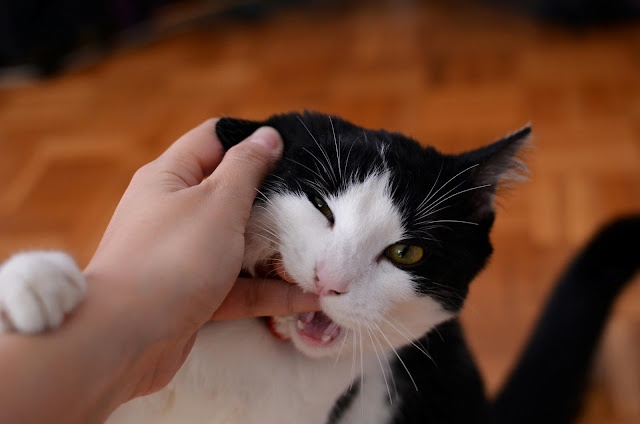How to Train Your Cat: Yes, It’s Possible!
How to Train Your Cat: Yes, It’s Possible!
Cats are often considered independent and aloof, but did you know that they can be trained just like dogs? With the right approach and a little patience, you can teach your cat tricks, good behaviors, and even how to use the litter box properly. While training a cat requires different techniques than training a dog, it’s absolutely possible. Here’s how you can start training your cat.
1. Understanding Cat Behavior
Before diving into training, it’s important to understand your cat’s natural behavior. Cats are motivated by food, curiosity, and sometimes affection, but they also have a strong independent streak. Unlike dogs, they don’t usually perform tasks simply to please their owners, so your training approach will need to focus on positive reinforcement rather than commands.
2. Start with Basic Commands
Training should begin with simple, easy-to-learn commands. Start by teaching your cat to respond to their name or come when called. Use their favorite treats as a reward. Say their name in a calm, positive tone, and offer a treat when they come to you. Repeat this several times daily to reinforce the behavior.
3. Use Positive Reinforcement
Positive reinforcement is the key to training cats. Whenever your cat performs a desired action, reward them immediately with a treat or praise. Cats respond best to rewards they find valuable, so find out what motivates your feline friend — whether it’s food, playtime, or affection. Avoid punishment, as this can create stress and discourage your cat from learning.
4. Teach Litter Box Etiquette
Training your cat to use the litter box is one of the most common and essential forms of cat training. Most cats take to litter boxes naturally, but if you’re having trouble, try placing them in the box after meals or naps. Keep the litter box clean and in a quiet, accessible location. Reward your cat with treats and praise after they successfully use the box to reinforce the behavior.
5. Training to Stop Unwanted Behavior
If your cat is scratching furniture or jumping on counters, you can train them to stop these behaviors without using negative reinforcement. For scratching, provide a scratching post and reward your cat when they use it instead of the furniture. For counter-jumping, use a clicker and treats to train your cat to stay off the counters by offering rewards for staying on the ground.
6. Teach Fun Tricks
Believe it or not, you can teach your cat fun tricks like "sit," "high-five," and "fetch"! Use treats or a clicker to mark the desired behavior. For example, to teach your cat to sit, hold a treat above their head. As they naturally sit to look up at it, say “sit” and give them the treat. Practice regularly, and soon your cat will respond to the command.
7. Be Patient and Consistent
Training a cat takes time and consistency. Cats are intelligent but may take longer to learn commands than dogs. Keep training sessions short (around 5-10 minutes) and practice regularly. Patience is key — never force your cat to do something they don’t want to do. Celebrate small victories, and gradually build on their progress.
8. Clicker Training for Cats
Clicker training is an effective way to communicate with your cat. A clicker is a small device that makes a distinct clicking sound when pressed. The idea is to click immediately when your cat performs the desired behavior, followed by a treat. Over time, your cat will associate the click with positive rewards, making it easier to train them.
9. Addressing Challenges
Conclusion: Training Your Cat Is Possible!
Training your cat can be a fun and rewarding experience for both of you. Whether you’re teaching basic commands, good behavior, or even fun tricks, patience and positive reinforcement are key. Remember, every cat learns at their own pace, so celebrate small achievements and enjoy the process of building a deeper bond with your feline friend.
.png)









.jpeg)



